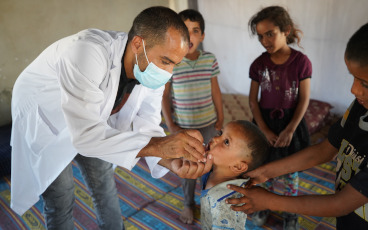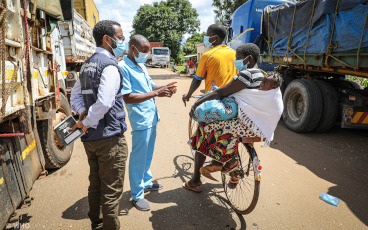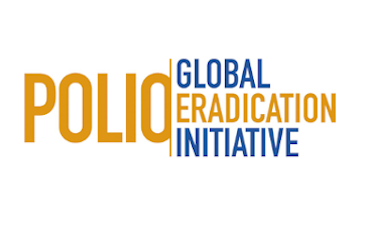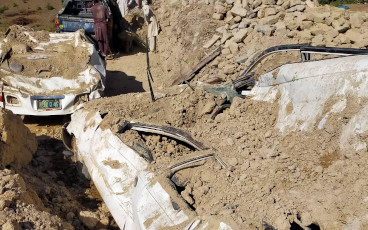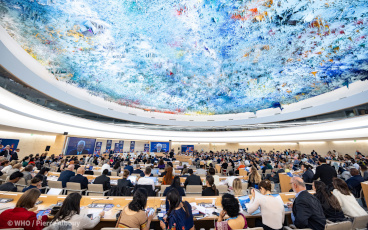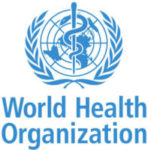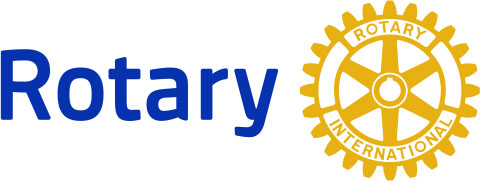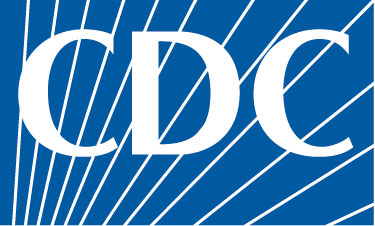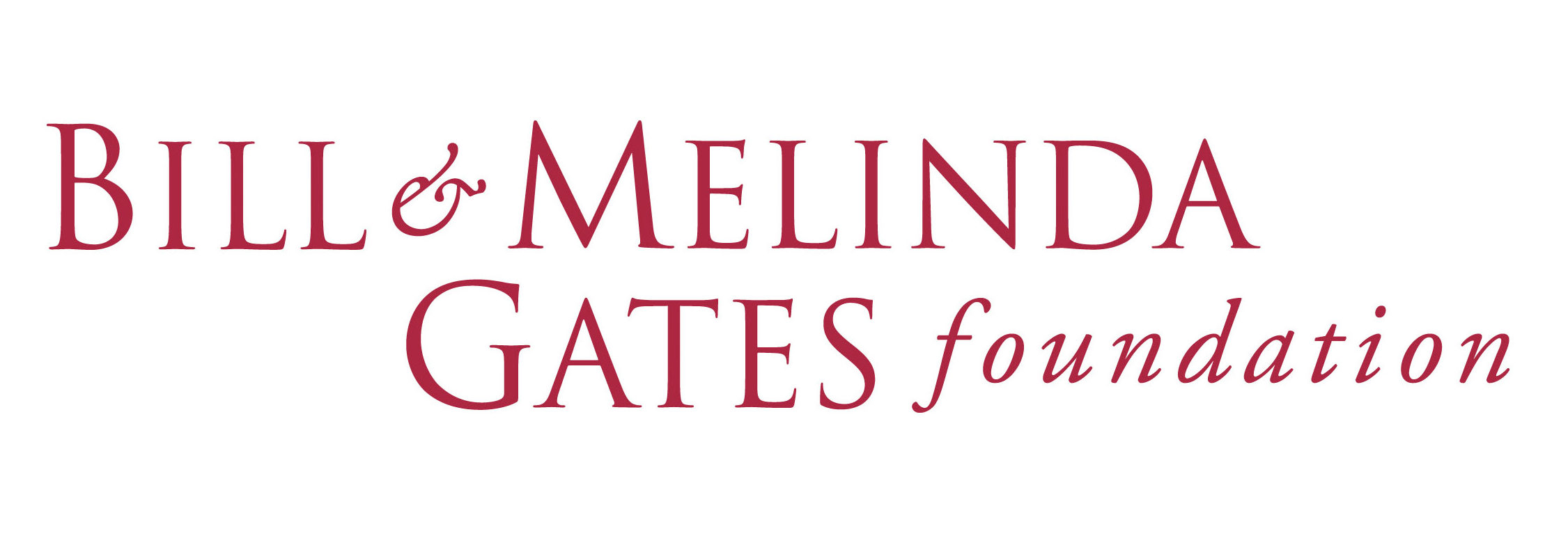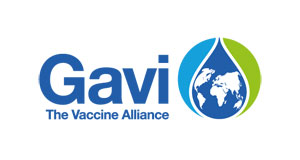Circulating vaccine-derived poliovirus in Mali
Outbreak stems from poor immunization coverage
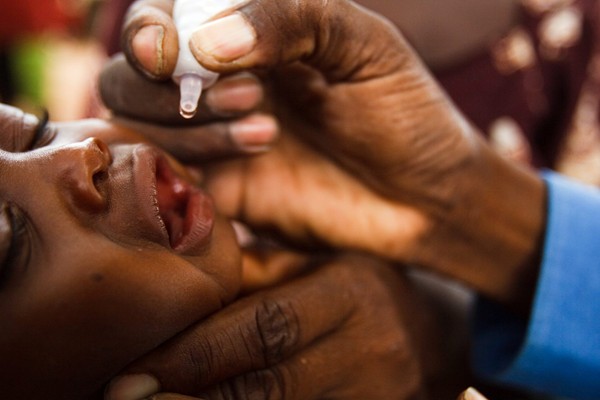
9 September 2015 – A case of vaccine-derived poliovirus type 2 (VDPV2) has been reported with onset of paralysis on 20 July 2015 in Bamako city, Mali. The virus was isolated from a 19-month old boy of Guinean nationality. The closest genetic match to this case is from a case from Kankan, Guinea, from 30 August 2014. The genetic changes suggest that the cVDPV2 has been circulating for more than 12 months.
The Ministries of Health in both Mali and Guinea, WHO and partners of the Global Polio Eradication Initiative are immediately taking actions to initiate appropriate and targeted immunization activities that are in line with the Standard Operation Procedures for outbreak of polioviruses. In the last 12 months, two national polio supplemental immunization activities (NIDs) using trivalent oral polio vaccine have been carried out in Mali, one in September 2014 and the most recent in April 2015. At least five rounds of large scale supplementary immunization activities are now being planned as part of emergency outbreak response activities. Planning is underway to reach all children with trivalent OPV in the coming weeks, and further NIDs will take place in October and November 2015.
When a child is immunized with oral polio vaccine (OPV), the weakened vaccine-virus replicates in the intestine for a limited period, thereby developing immunity against polio. The vaccine-virus is also excreted through faecal excreta into the environment. In areas of inadequate sanitation, this excreted vaccine-virus can spread in the immediate community (and this can offer protection to other children through ‘passive’ immunization), before eventually dying out. On rare occasions, if a population is seriously under-immunized, an excreted vaccine-virus can continue to circulate for an extended period of time and genetically change into a form that can paralyse children that are not fully immunized – this is what is known as a circulating vaccine-derived poliovirus (cVDPV). Hence, the problem is not with the vaccine itself but low vaccination coverage. If a population is fully immunized, they will be protected against both vaccine-derived and wild polioviruses.
Due to the Ebola crisis in West Africa, both population immunity levels and surveillance sensitivity have been severely affected in some parts of the region. Subnational surveillance gaps persist in both countries. In Guinea, vaccination coverage dropped from 63% in 2013 to 42% in 2014. In Mali, national coverage in 2014 is 84%, however subnationally gaps remain; Bamako province has coverage rates of 63% in 2015. Nationally Mali has strong surveillance capacity, yet undetected circulation of this strain for an extended period of time suggests possible subnational surveillance gaps.


